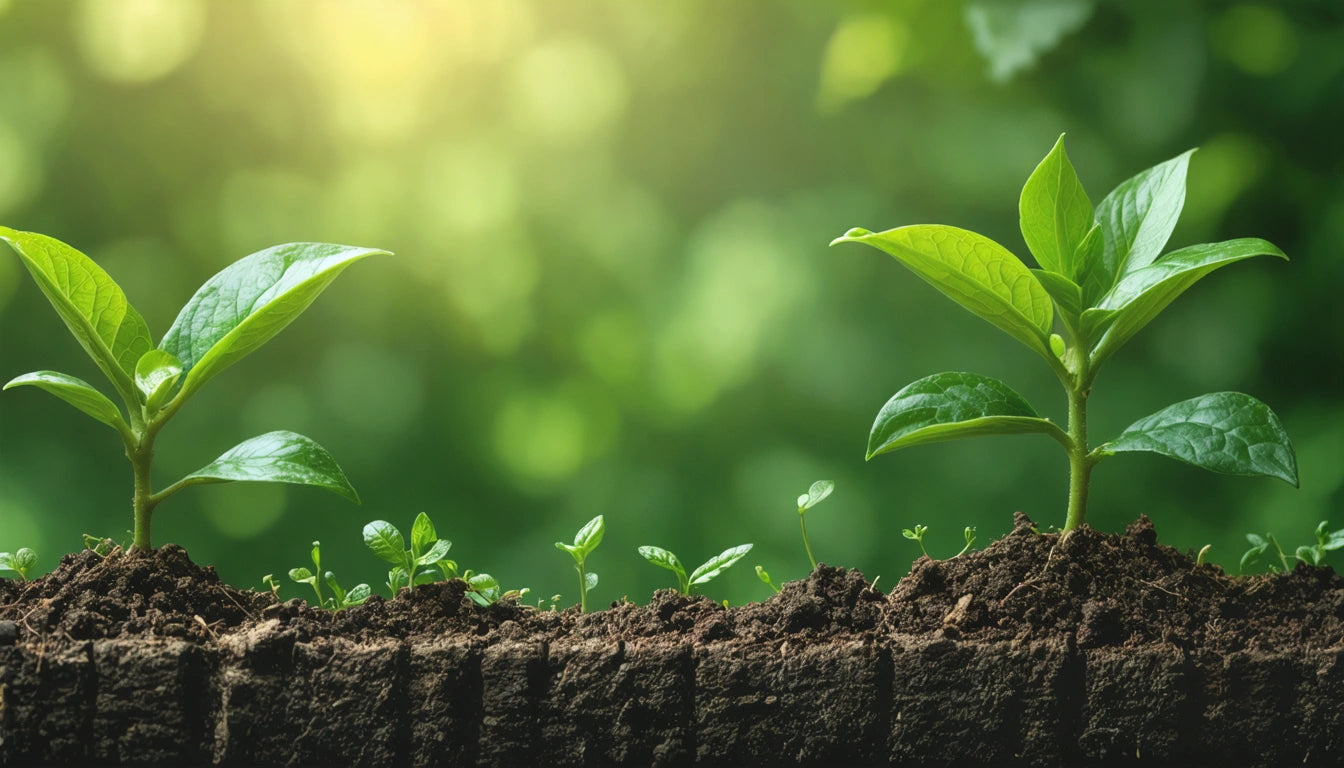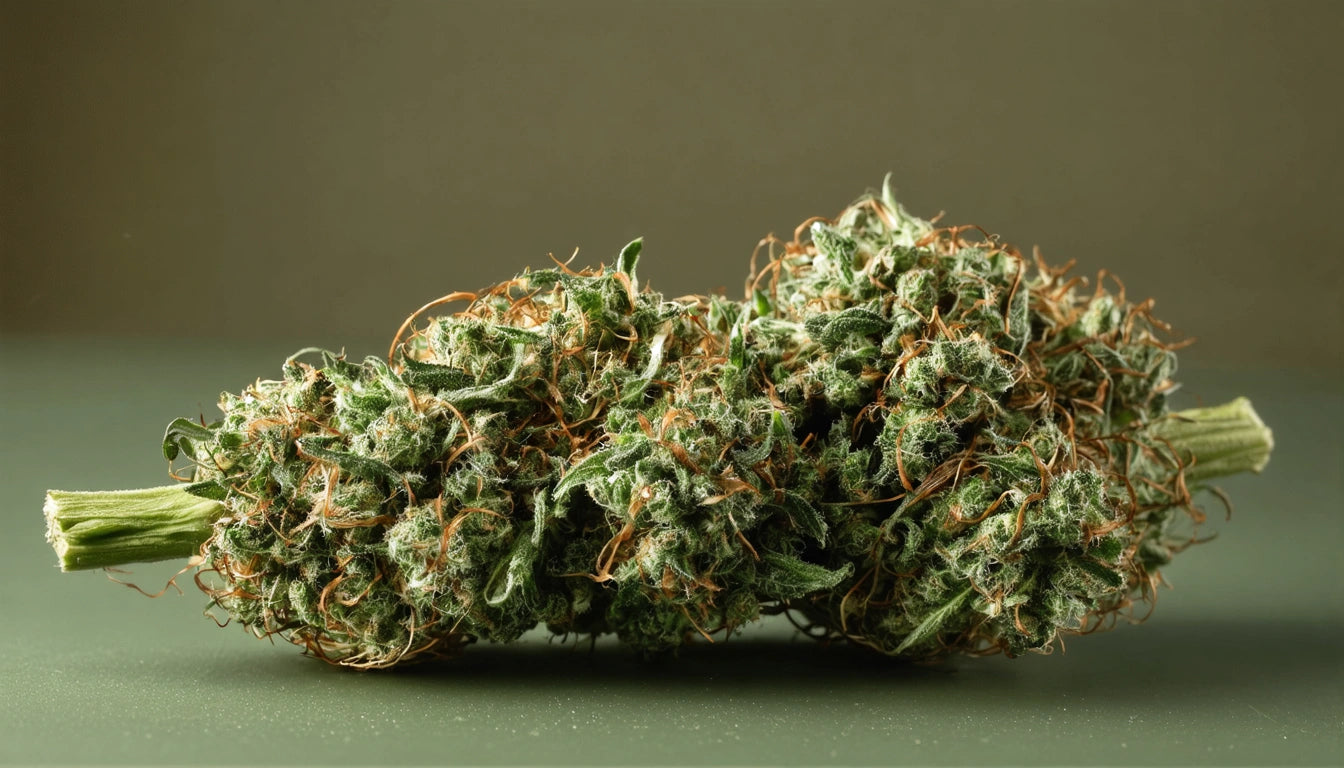Table of Contents
Understanding Plant Nodes: Key Features and Importance in Plant Growth
Plant nodes are fundamental structures that play a crucial role in overall plant development and health. Understanding what is a node in plants helps both casual gardeners and professional cultivators maximize plant potential and implement effective growing strategies. These small but mighty points on plant stems serve as organizational centers for growth and development throughout a plant's life cycle.
What Are Plant Nodes: Definition and Function
A node on a plant is a point on the stem where leaves, branches, and reproductive structures emerge. These vital junctions are easily identified as slightly swollen areas or "knots" along the stem. What are nodes in plants from a botanical perspective? They're specialized regions containing meristematic tissue, which consists of undifferentiated cells capable of dividing and developing into various plant structures.
The primary functions of plant nodes include:
- Serving as attachment points for leaves and branches
- Housing dormant buds that can develop into new growth
- Acting as structural support points that strengthen the stem
- Facilitating the transport of water, nutrients, and sugars between different plant parts
The space between two nodes is called an internode, and together, these structures create the basic architectural framework of the plant. Understanding internodes provides additional insight into how plants grow and develop their characteristic shapes.
Identifying Nodes on Different Plant Types
What is a node on a plant varies slightly between species, but certain characteristics remain consistent. When examining where is the node on a plant, look for these common features:
Herbaceous Plants
In soft-stemmed plants like basil or tomatoes, nodes appear as subtle swellings where leaf petioles attach to the main stem. These nodes are typically spaced evenly along the stem, with the distance between nodes (internodes) varying based on growing conditions.
Woody Plants
Trees and shrubs display nodes as slightly raised rings around branches where leaf scars, buds, or smaller branches emerge. In deciduous species, nodes become more visible during winter months when leaves have fallen.
Grasses and Grain Crops
Grasses feature nodes as distinct, often darker bands along their hollow stems. These reinforced areas provide crucial structural support and serve as recovery points if stems are damaged.
How Nodes Influence Plant Growth and Development
Understanding what are nodes on plants helps explain how plants grow and respond to their environment. Nodes influence several key aspects of plant development:
Branching Patterns
Each node contains axillary buds that can develop into new branches. The activation of these buds determines whether a plant grows tall with minimal branching or becomes bushy with multiple stems. Environmental factors and hormonal signals control which nodes produce active growth.
Leaf Arrangement
The pattern of leaf emergence from nodes (phyllotaxy) is species-specific and ranges from alternate to opposite to whorled arrangements. This positioning maximizes light exposure while minimizing self-shading. Cannabis leaf patterns demonstrate how nodes influence the characteristic appearance of different plant species.
Reproductive Development
Flowers, fruits, and seeds typically form at or near nodes. In many plants, the transition from vegetative to reproductive growth involves specialized node development, where flower buds replace leaf buds at specific nodes.
Maintaining proper environmental conditions around nodes is crucial for healthy development. Many growers use humidity control products to create the ideal microclimate around these critical growth points, preventing issues like bud rot while promoting vigorous node development.
Node Manipulation Techniques for Plant Management
Horticulturists and growers often manipulate nodes to control plant growth and increase yields. These techniques include:
Topping and Pruning
Removing the main growth tip above a node encourages the development of two new branches from the axillary buds at that node. This technique creates bushier plants with more potential flowering sites.
Plant Steering
What is plant steering? This advanced cultivation technique involves manipulating environmental conditions and stress levels to control which nodes develop into vegetative or reproductive growth. By adjusting factors like temperature, humidity, and irrigation timing, growers can direct plant energy toward specific nodes for optimal production.
Training and Trellising
Physical manipulation of stems at nodes through techniques like low-stress training (LST) allows growers to create desired plant shapes and maximize light exposure to productive nodes.
These techniques are particularly important in crops where node health directly impacts yield, such as in cannabis cultivation, where flower production occurs primarily at nodes.
The Significance of Nodes in Cannabis Cultivation
What are nodes on a weed plant, and why are they particularly important in cannabis cultivation? Cannabis nodes serve several critical functions:
- They indicate plant maturity and sex determination points
- They develop into the main bud sites during flowering
- They serve as key indicators for training and pruning decisions
- They provide clues about plant health and stress levels
What is a node on a weed plant in terms of identifying plant sex? Around the fourth to sixth node pairs in cannabis plants, pre-flowers appear that reveal whether the plant is male or female. This knowledge is crucial for cultivation purposes, as most growers remove male plants to prevent pollination of female flowers.
Cannabis cultivators pay particular attention to node spacing, as it indicates growing conditions and potential yield. Closely spaced nodes generally result in more potential bud sites per plant height, while widely spaced nodes may indicate light deficiency or other environmental stressors.
Optimizing Node Health for Stronger Plants
To maximize plant performance, focus on these strategies for maintaining healthy nodes:
Balanced Nutrition
Nodes require adequate nutrients to develop properly. Balanced fertilization with appropriate nitrogen levels during vegetative growth supports node development, while phosphorus and potassium become more important as nodes transition to reproductive growth.
Light Management
Proper light intensity and spectrum influence node development and spacing. Optimizing light conditions can encourage compact node spacing and robust growth.
Environmental Control
Temperature, humidity, and airflow around nodes affect their development and health. Maintaining optimal environmental conditions prevents issues like mold or pest infestations that often begin at these critical junctions.
Understanding what is the node of a plant and its importance allows cultivators to make informed decisions about plant care and manipulation. By focusing on node health and development, growers can significantly improve plant structure, resilience, and productivity across all plant species.











Leave a comment
All comments are moderated before being published.
This site is protected by hCaptcha and the hCaptcha Privacy Policy and Terms of Service apply.